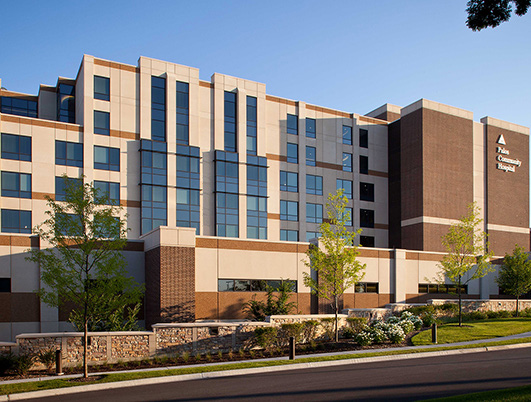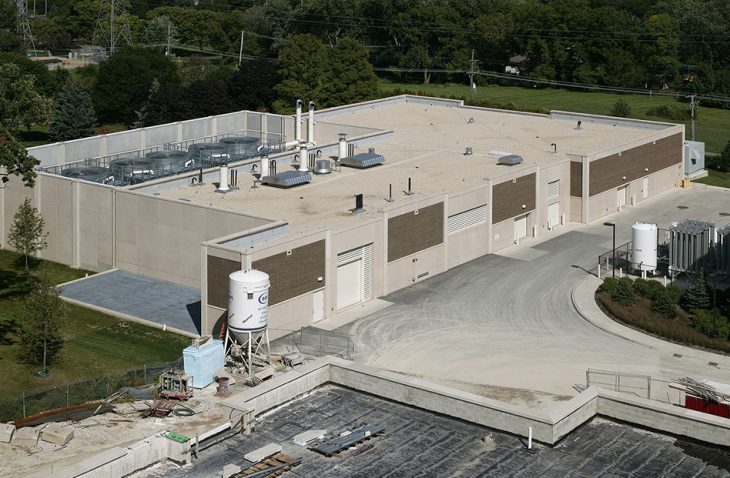Campus Master Plan & Transformation
Palos Community Hospital, invested $420 million in the health of the community with a series of construction projects to transform and update the hospital campus. The plan is a 12-year project completed in multiple phases that includes a new 600-car parking ramp, a new 34,000-sf central plant, an eight-story, 300,000-sf surgical and bed pavilion addition with Center for Short Stay Care, and a 266,000-sf renovation of existing hospital space, including conversion of existing rooms from semi-private to private and the expansion of emergency, imaging, pharmacy, and laboratory services.
The sheer magnitude of the campus transformation and complexity associated with it, including detailed phasing, planning and communication; tying into existing systems and equipment; site challenges; and construction requirements – all while keeping the hospital operational and patient, staff, visitor, and construction workers safe – commanded an environment of collaboration to achieve a successful project.
A multi-phased approach to planning the project began in 2005 with the development of a strategic plan and a detailed facility survey and assessment. The master plan, completed in 2006, provided the hospital with facility directions to respond to both demographic growth and conversion to an all private patient room facility.
The first phase of construction consisted of demolitions of the existing central plant and support building followed by construction of a new central plant building, connected to the hospital via underground utility tunnel containing steam, domestic and fire protection water, and medical gasses. Chilled water distribution and electrical distribution was also strategically located outside the tunnel to accommodate the construction of the new bed tower. After the construction and commissioning of the new central plant was completed the existing hospital systems were backfed from the new plant as well as numerous chilled water, steam and domestic water shutdowns. This resulted in over 120 scheduled electrical shutdowns occurring in less than 4 months without a single failure to the hospital or its operations. The process included “what if” scenarios to address the unknowns with a back-up plan.
Once the site was cleared the construction of the new bed tower could begin. The building addition features a new main entrance to the hospital and state-of-the-art surgical and intensive care suites, replacing those built almost 40 years ago. A new Center for Short Stay Care provides convenient access to outpatient services, while the bed pavilion comprised of 192 private patient rooms enhances patient comfort and care.
The final step in the campus transformation was a multi-phase renovation of the existing hospital. The renovation consisted of an expansion of the emergency department, a new breast health center, cardio-pulmonary unit, dining room, kitchen, patient floors with semi-private rooms converted to private rooms, and modernization of the existing building infrastructure.









